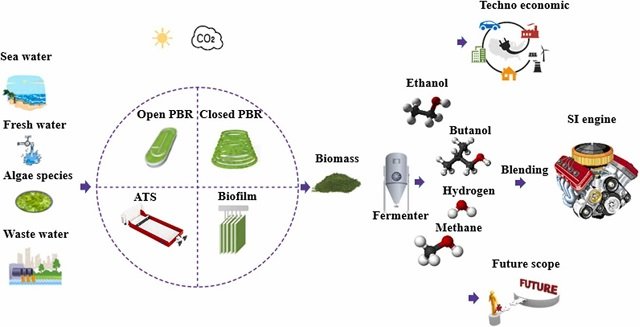Netherlands.- New online information services – based in part on data gleaned from Europe’s satellite network – will enable aquaculture to make more informed business decisions. Both services have received glowing reviews from end users and are now ready to be fully rolled out.
Thanks to the EU-funded AQUA-USERS project, Europe’s aquaculture sector now has instant access to user-friendly data on issues such as water temperature, concentrations of chlorophyll and the presence of harmful algae blooms. This information, pulled from GMES satellite information and in-situ observations, will help operators manage their farms in real time and aid commercial operations in finding optimal sites for production.
‘Water quality is a critical factor for the success of fish farms and the culturing of other aquatic organisms,’ explains AQUA-USERS project coordinator Dr Marnix Laanen from Water Insight in the Netherlands. ‘It greatly affects the health and growth of species, and therefore has a huge influence on production costs.’
However, the uptake of Earth observation data has been constrained by several factors, including a mismatch between data and user requirements; difficulty in accessing information; and constraints imposed by regulatory requirements. The AQUA-USERS project sought to address these points by developing a platform that delivers information specific to the needs of aquaculture.
Instant access to information
Two online services are now ready to be deployed. The first is a site selection service, which provides aquaculture producers with detailed information about a particular location. ‘In a user survey, 94 % of respondents found this service to be useful or very useful,’ says Laanen’s Water Insight colleague Kathrin Poser, who was also involved in the project. ‘A follow-up commercial contract has already been agreed with the Danish Ministry of Environment and Food Production.’
The second service is a daily management service, intended to supply site managers with relevant and timely information to help them make informed decisions. A web portal and Smartphone app have been developed to provide easy access. Indicators vital to aquaculture management, including early warnings of harmful algae bloom (HAB) events, have been prioritised.
Stay Always Informed
Join our communities to instantly receive the most important news, reports, and analysis from the aquaculture industry.
‘Satellite monitoring is a valuable service used by salmon farmers to detect advance warning of harmful blooms,’ explains Jamie Smith, Technical Executive of the Scottish Salmon Producers’ Organisation (SSPO) and a key beneficiary of the project. ‘The incorporation of this technology into a smartphone app is a real added bonus, as it means farmers can access information at all times of the day.’
In a final user survey, some 94 % of respondents found the app to be very useful or useful to some extent, while 92 % evaluated the HAB risk maps to be useful. A demo version of the AQUA-USERS portal is available online.
Marketing the results
Since the AQUA USERS project was completed in October 2016, the focus has been on commercialising the results: both the AQUA-USERS Site Selection tool and the Daily Management tool.
‘Within the consortium already some commercial activity has developed, mainly consultancy with regards to site selection and sales of the portable water quality scanner and HAB maps that are part of the daily management tools,’ says Laanen. ‘We are planning a generic, entry level subscription for both tools, and later we plan to tailor and add elements as required by clients.’
In addition the site selection and HAB detection tools will be refined in follow-up EU-funded projects, while a new generation of portable and fixed position water quality scanners will be developed. Project partners also intend to market their service to policy makers as well as industry. ‘These services can also benefit regulators by providing relevant data for marine spatial planning, zoning and licensing for aquaculture governance,’ concludes Poser.
More information: http://www.aqua-users.eu/
Source: CORDIS
Editor at the digital magazine AquaHoy. He holds a degree in Aquaculture Biology from the National University of Santa (UNS) and a Master’s degree in Science and Innovation Management from the Polytechnic University of Valencia, with postgraduate diplomas in Business Innovation and Innovation Management. He possesses extensive experience in the aquaculture and fisheries sector, having led the Fisheries Innovation Unit of the National Program for Innovation in Fisheries and Aquaculture (PNIPA). He has served as a senior consultant in technology watch, an innovation project formulator and advisor, and a lecturer at UNS. He is a member of the Peruvian College of Biologists and was recognized by the World Aquaculture Society (WAS) in 2016 for his contribution to aquaculture.




